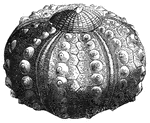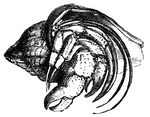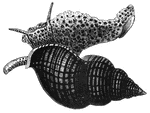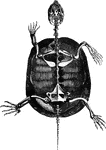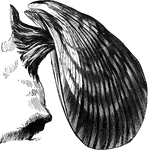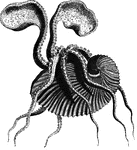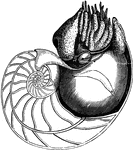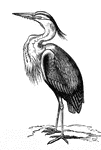
Heron
These wading birds mostly spend their time wading about in shallow water, feeding upon small fishes,…
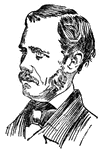
John A. Dahlgren
Dahlgren was a naval officer and inventor. He invented the Dahlgren gun and wrote many books.
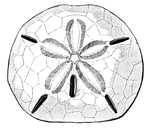
Keyhole-Urchin
A sea-urchin very similiar to the Sand Dollar, but has 5 "keyholes" through its shell.
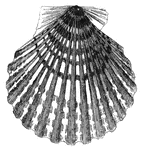
Pecten Shell
Elegant shells ribbed and mottled with various colors. They grow by additins made to the edge.

Limpet, Shell
Limpets are attractive little gasteropods which are left uncovered when the tide is low.
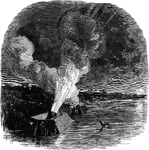
Siege of Island
"Siege of Island No. 10, on the Mississippi River- night bombardment by the Federal mortar boats, ten…

Great Falls
"Shelling Confederate cavalry across the Potomac River from the heights of Great Falls, by Major West,…

Valley of Chickahominy
"Valley of the Chickahominy, looking southeast from the vicinity of Mechanicsville, the scene of the…

Thirteen-inch Shell Mortar Practice
"Mortar practice- 13-inch shell mortar, as used by the Federal government- weight of mortar 17,000 pounds."…

Mortar Practice - Rear View
"Mortar practice- rear view of 13-inch mortar, with its usual complement of seven gunners. The mortar…

Hilton Head
"Expedition to Port Royal- Government buildings erected on Hilton Head, S. C., by the Federal forces…

Battle of Cross Keys
"Battle of Cross Keys, Sunday June 8th, 1862- centre and front of the Federal army in the engagement.…
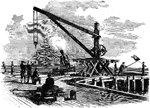
Sawyer gun
"Practicing with the celebrated Sawyer gun on the Confederate batteries at Swell's Point, near Norfolk,…
Gunboat engagement
"Engagement between the United States gunboats, commanded by Commodore Davis, and the Confederate Mosquito…
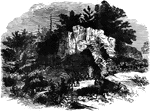
Killing's Cave
"Killing's Cave, on the banks of the Potomac, near Sharpsburg, the place of refuge of many citizens…

Confederate Position
"Confederate position near Centreville, Va., at the crossing of the Orange and Alexandria Railway over…
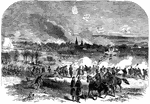
Bombardment of Fredericksburg
"Bombardment of Fredericksburg, Va., by the army of the Potomac, commanded by General Burnside, Thursday,…

Siege of Vicksburg
"Siege of Vicksburg. Life in the trenches- bivouac of Leggett's Brigade- McPherson's Corps at the White…

Fort Hindman
"The investment of Fort Hindman, Arkansas Post, Ark., by the Federal troops under General McClernand,…

Confederate rams
"Confederate rams from Charleston Harbor attacking the Federal blockading squadron, January 31st, 1863.…
Burnside's Corps
"The war in Virginia. Burnside's corps charging the Confederate position on the right of the enemy's…

Grant's Campaign
"Grant's Campaign in Virginia. The Battle of Bethesda Church, between Crawford's division, Fifth Corps,…

Battle of Ream's Station
"The Siege of Petersburg. Battle of Ream's Station- the attempt of the enemy to regain the Weldon Railroad…
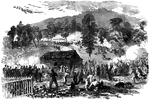
Battle of Rich Mountain
"The battle of Rich Mountain, Beverly Pike, Va., between a division of Major General McClellan's command,…
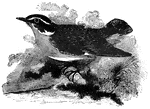
Whinchat
The whinchat is a migratory European bird, which subsists on a diet of worms, insects, small shell-mollusks,…
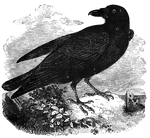
Raven
The raven has a broat palate, its diet including worms, brubs, reptiles, birds' eggs, fish, and shell-fish.
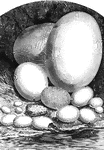
Comparative view of the size of the eggs of different animals
1, Epyornis; 2, Ostrich; 3, Cassoway; 4, Wild Goose; 5, hen; 6, Pigeon; 7, Humming-bird; 8, Eagle; 9,…

Leatherback turtle
The leatherback turtle (once known as the leathery turtle) is remarkable among turtles for its shell;…

American box-tortoise
Posessing a nearly perfectly hemispherical shell, the American box turtle ranges from Canada to Florida.…

Blanding's box-tortoise
Ranging throughout the Northern and Middle States, Blanding's box-tortoise measures seven to inches…
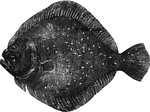
Turbot
"Common in European waters, and regarded in England as one fo the richest and best of fishes; it feeds…
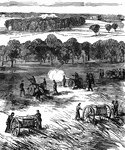
Valley of Chickahominy
"Valley of the Chickahominy, looking southeast from the vicinity of Mechanicsville, the scene of the…
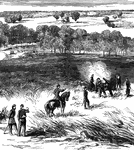
Valley of Chickahominy
"Valley of the Chickahominy, looking southeast from the vicinity of Mechanicsville, the scene of the…
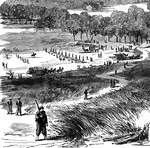
Valley of Chickahominy
"Valley of the Chickahominy, looking southeast from the vicinity of Mechanicsville, the scene of the…
!["[From left to right:] Cockles, Imperial Volute, Clown Volute, Pholas, Helmet Shell" — Goodrich, 1859](https://etc.usf.edu/clipart/13900/13981/mollusca_13981_mth.gif)
Mollusca
"[From left to right:] Cockles, Imperial Volute, Clown Volute, Pholas, Helmet Shell" — Goodrich,…
!["[From left to right:] Snail-shell and Egg, Ostrea and Spondylus, Carinaria, Vitreous Carinaria." — Goodrich, 1859](https://etc.usf.edu/clipart/13900/13989/mollusca_13989_mth.gif)
Mollusca
"[From left to right:] Snail-shell and Egg, Ostrea and Spondylus, Carinaria, Vitreous Carinaria." —…
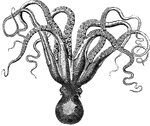
Cuttlefish
"It has no shell, and no skeleton, but has two conical pieces of horny substance imbedded in the back,…

Bishop's mitre shell
"Noted for a very long proboscis, sometimes twice the length of the shell. The latter is turretted,…
!["[From left to right:] Shell from Malabar, Large Mussel, Thorned Murex, Large Helmet Shell." — Goodrich, 1859](https://etc.usf.edu/clipart/14000/14018/murcidai_14018_mth.gif)
Murcidae
"[From left to right:] Shell from Malabar, Large Mussel, Thorned Murex, Large Helmet Shell." —…


